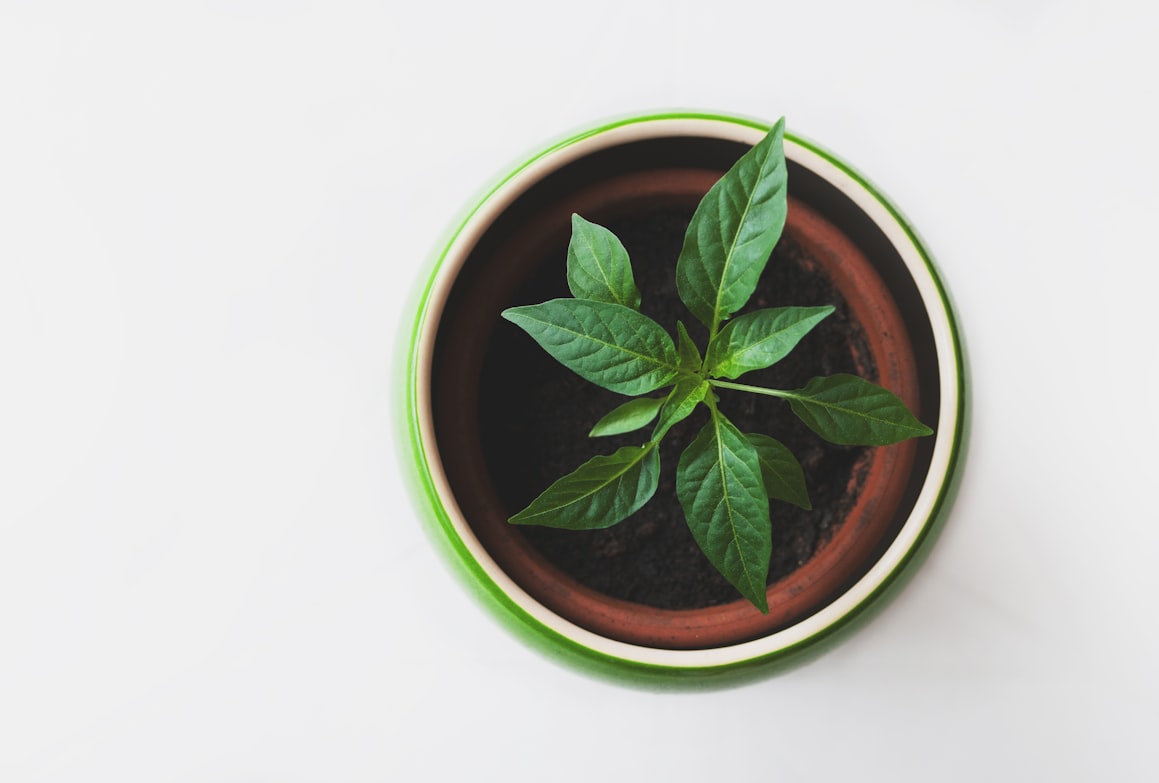Small Indoor Plants That Are Adorable
Houseplants purify the air we breathe, increase humidity in our surroundings, and bring a touch of nature into our homes. Not everyone, however, has the space to grow a fiddle leaf fig or an areca palm indoors. Grow one of these adorable small indoor plants in a teacup, on a ledge, or wherever you need a burst of green.
String Of Pearls
The succulent genus Senecio produces a variety of fascinating leaf morphologies, including the string of pearls S. rowleyanus, which resembles everyone's least favorite vegetable (but isn't edible). The plant's peculiar leaf shape aids its survival in its native South Africa, where the spherical leaves maximize water retention while reducing leaf surface area, which would otherwise result in water loss due to evaporation. In a warm area with filtered light, a string of pearls will trail daintily from a small hanging container; snip off the pearls as needed to shape and keep in bounds.
Air Plant
Few plants in the Tillandsia genus are as forgiving as Tillandsia. These epiphytes thrive on branches in frost-free climates, sucking moisture from the air through particularly modified scales on their spiky leaves. For these mess-free plants, mount them on driftwood, arrange them in a basket, or make a soil-free tiny terrarium. They grow slowly and only require partial sunlight and a weekly soaking in water to be hydrated.
Donkey's Tail
Sedum morganianum is the ideal houseplant for anyone with a bright, sunny place and enough space for a little trailing or creeping plant. The succulent, thick leaves of the donkey's tail hint at the plant's drought resilience. To avoid root rot, donkey's tail should be grown in a sandy cactus potting mix. Don't throw away any stems that you accidently break off; donkey's tail is easy to reproduce from cuttings. Simply place the cut end of the stem in some soil and cover with a clear cage until it establishes roots.
Baby Tears
Everything about Soleirolia soleirolii is adorable: the popular name of baby tears evokes a "aww" response, and the profusion of tiny leaves give this easy houseplant individuality and appeal. Grow baby tears in a tiny terrarium or under a glass cloche in bright filtered sunshine to provide the humidity this small plant requires to remain luxuriant.
Scotch Moss
A vivid green patch Garden fairies, gnomes, or any woodland creature who might like to nestle in the dreamy mossy foliage of this one-inch tall plant come to mind when thinking of Sagina subulata 'Aurea.' Scotch moss, a native of Scotland, likes the chilly, damp climate of its country. Misting your moss on a regular basis helps keep it looking fresh and vibrant. Indirect light from a north-facing window will help to keep the chartreuse color of the plant without scorching it. You'll know you've conquered your moss' growing requirements when it develops small white blossoms.
Venus Fly Trap
Venus flytrap plants are sometimes marketed as a novelty plant for children, but they make excellent tiny houseplants with a little care. Dionaea muscipula leaves have trigger hairs on their teeth-like rough edges that, when touched twice, snap shut on target insects like those bothersome fruit flies you've been trying to get rid of. These peculiar plants have peculiar growing requirements: They thrive in a peat moss growing medium and require distilled water because to their sensitivity to minerals. To guarantee a long life for your Venus flytrap, provide strong light and cool winter temperatures.
Purple Shamrock
There are many hundred clover species in the Oxalis genus, some of which are weeds and some of which are quite beautiful. Around St. Patrick's Day, burgundy or crimson varieties with yellow or white flowers can be found at garden stores. In containers, plants grow to be six inches tall and eight inches broad, and should be kept dry.
African Violet
What was once old has become new again. African violets (Saintpaulia) were the "it" plant for your grandparents, but they're making a comeback, thanks to new kinds with ruffled or picotee blooms and variegated leaves, possibly. The tiny size of African violets, as well as their free-flowering habit, haven't changed. These plants enjoy being in small containers, which encourages blooming. To keep your African violets performing all year, keep them damp and pot-bound, give them bright light, and feed them with a balanced flower fertilizer.
Wooly Thyme
Place a container of Thymus pseudolanuginosus wherever you need a boost of aromatherapy. The delicate, fuzzy leaves are incredibly tactile, and each pinch releases a savory explosion of thyme smell. In a full sun container, the slow-growing plants only reach three inches in height and crawl slowly to produce a dense, wooly mat (and may even flower). When the soil's surface is dry to the touch, water wooly thyme lightly.

